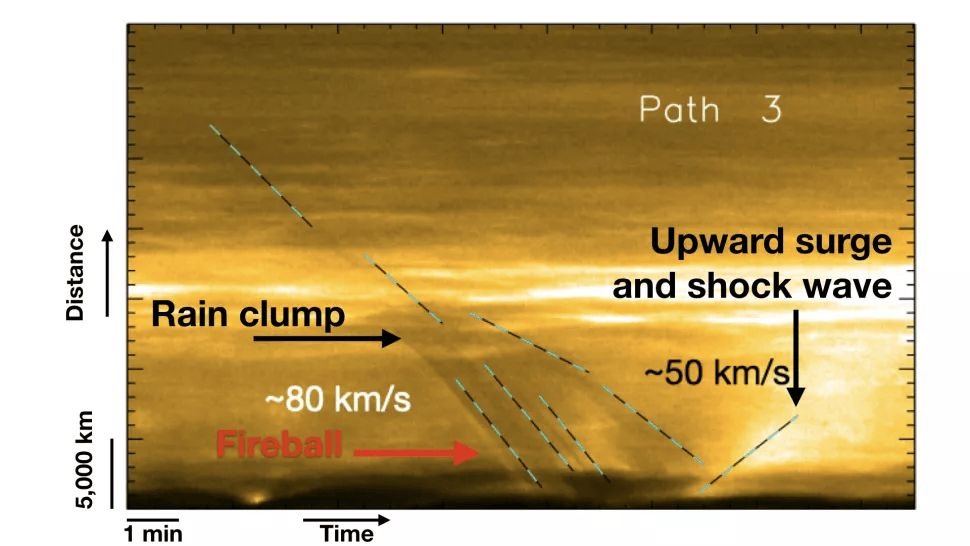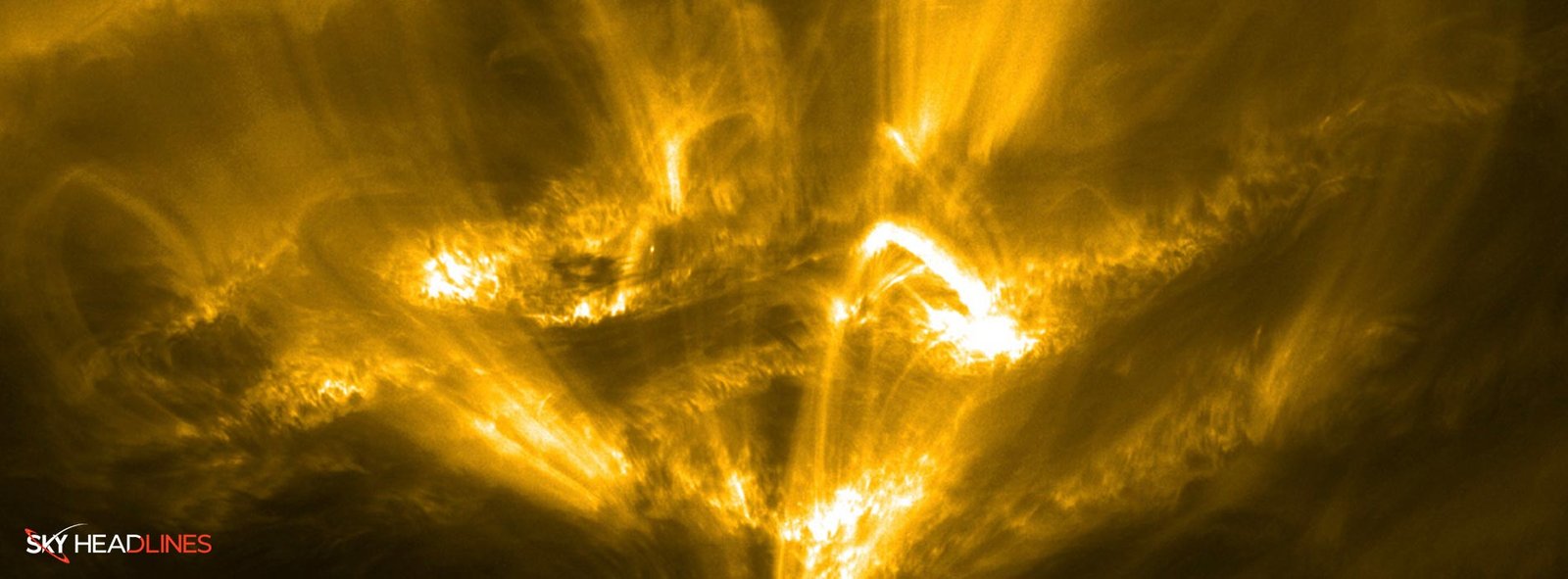Astronomers have seen meteor-like streaks, the shooting stars on the sun’s surface that have never been seen before. However, it would help if you didn’t try to catch these falling stars.
What was the scientist’s perspective on the discovery of shooting stars?
“If humans were aliens who could live on the sun’s surface, we would always get to see beautiful shooting stars, but we’d have to watch out for our heads!”
In a release, Patrick Antolin, a solar physicist at Northumbria University in London and the study’s lead author said, “We’ve found something new.”
How these stars can be compared with Earthly meteors?
These solar shooting stars are very different from those we see over Earth: pieces of space dust, rock, or minor asteroids that fly into the atmosphere at high speeds and burn up, making lines of light. Solar shooting stars are vast clumps of plasma that fall to the Sun’s surface at very high rates.
Due to Earth’s thick atmosphere, most meteors don’t reach the surface. However, the Sun’s atmosphere called the corona, is much thinner, so these clumps don’t get entirely stripped as they fall. So, solar shooting stars could make it to our star’s surface without getting broken.
What is the Solar Orbiter’s role in seeing these stars?
This is the first time that these hits by shooting stars have been seen. The European Space Agency’s Solar Orbiter satellite was used to make this discovery. The results show that this process can cause a short but intense brightening, a rush of material from the star, and shock waves that heat the gas in the corona above the impacts.
Scientists think this could help explain why the Sun’s top atmosphere, called the corona, is much hotter than the layers below it, even though solar models say the sun should get more desirable as you get closer to its center.
Enigma of shooting stars and coronal rains
Solar Orbiter saw the solar shooting stars while looking at coronal rain, a spectacular plasma fireworks show made of gas. The temperatures for this were observed up to 2 million degrees Fahrenheit.

Instead of water, coronal rains are made of super-dense clumps of solar plasma that form when local temperature drops cause solar plasma to gather together. When these lumps get as big as 155 miles (250 kilometers), they fall as a fiery rain to the photosphere, the more excellent sun surface, at speeds of up to 220,000 miles per hour (100 kilometers per second).
Solar Orbiter saw these coronal rains only 30 million miles (49 million kilometers) from the Sun. This is closer than Mercury’s orbit, the closest planet to the Sun. With its high-resolution cameras and precise remote-sensing devices, the probe saw that the coronal rains were heating gas to about a million degrees and compressing it. This only happened for a few minutes, due to the falling clumps.
Ablation and bright tails in shooting stars
On Earth, shooting stars have bright tails when the atmosphere rubs against a meteoroid and heats its material. Through a process called ablation, this contact heating turns solid matter right into gas.

Ablation also happens when comets that circle the Sun get too close to our star, but it doesn’t occur to these solar shooting stars. This is because strong magnetic fields in the corona organize the falling gas into clumps. Resultantly, the formation of right tails stops, making it hard to see solar meteors until now.
Antolin said,
“The inner solar corona is so hot that we might never be able to send a spacecraft there to study it.” “However, Solar Orbiter orbits close enough to the sun to see small things happening in the corona, like how rain affects the corona. This gives us a valuable indirect look at the coronal environment, which is important for understanding its composition and thermodynamics.”





